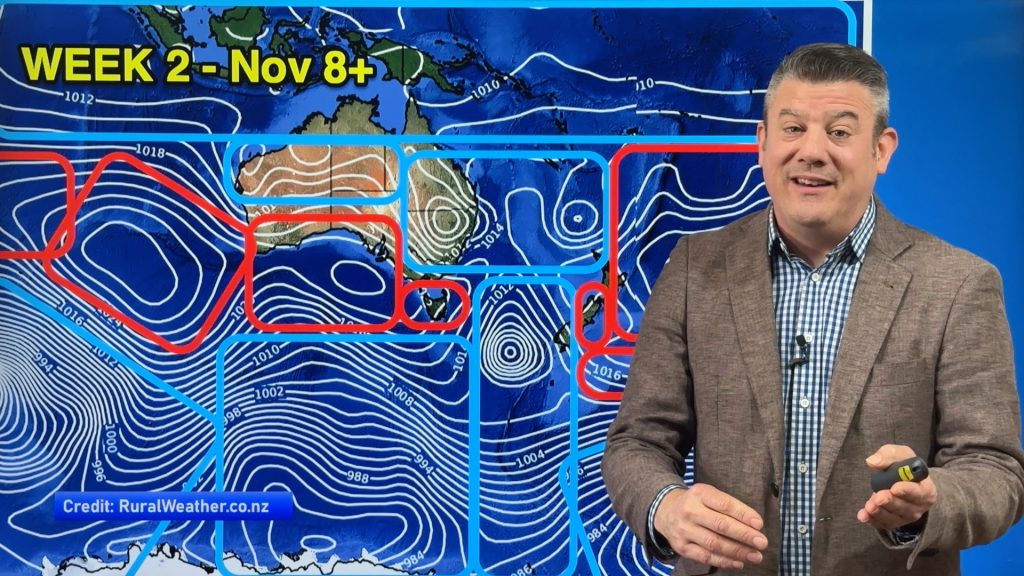
> From the WeatherWatch archives
Weather forecast for 2100: more rain in winter and spring for the West Coast and Southland, getting drier for those in the east and north.
Sea levels higher than average.
Scientists gave an update yesterday on the state of the climate ahead of next month’s world negotiations in Copenhagen at which countries will decide how much to curb greenhouse gas pollution by from 2012.
Scientists believe some global warming is inevitable even if emissions were halted today – meaning an increase in westerly wind flows over New Zealand bringing more rain to the west and south.
The National Institute of Water and Atmospheric Research’s top climate scientist, Dr David Wratt, said that in general New Zealand would follow the expected world pattern of dry areas getting drier and wet areas getting wetter – but climate models suggested we would be better off than drought-hit Australia.
Although New Zealand would escape the brunt of extreme droughts predicted for Australia and elsewhere, climate models suggested droughts here would be harsher and the very wettest days become even wetter and more frequent.
Because sea level rise will not be uniform around the globe, Dr Tim Naish, the director of the Antarctic Research Centre at Victoria University, said New Zealand could experience more sea level rise than Northern Hemisphere nations.
Dr Naish said satellite pictures showed land ice at the poles was melting twice as fast as five years ago. If the Greenland ice sheet melted quicker than Antarctica, as it was expected to, sea levels would rise higher in the Southern Hemisphere than in the north.
That was because gravitational changes and shifts in the earth’s spin axis would raise seas by a larger amount in whichever hemisphere experienced the least melting at its pole.
Dr Wratt said the added rain and predicted warmer temperatures could give Southland farmers and farmers on the South Island’s West Coast a better growing season for grass, though it would not be so good for those in dry areas predicted to get less rain. Overall, total rain for the whole country was not expected to change greatly.
Niwa was working on better models to show how droughts, rain and wind patterns were expected to change to the end of the century.
SOURCE: NZHerald
Comments
Before you add a new comment, take note this story was published on 12 Nov 2009.





Add new comment